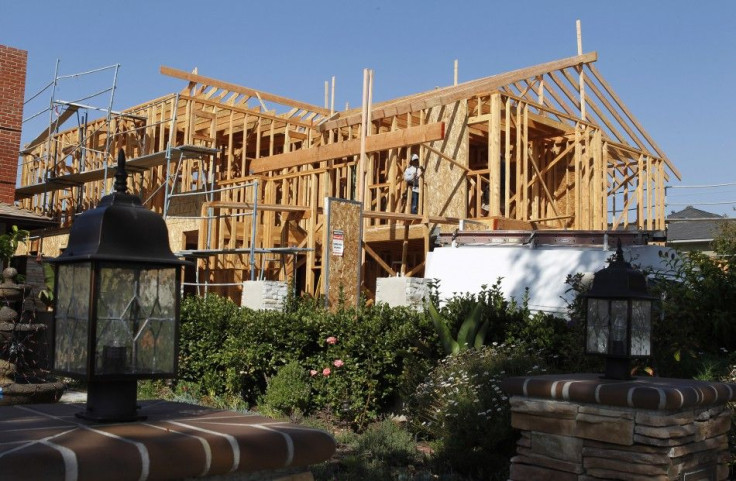US April Housing Starts Rebound, But Permits Fall

U.S. builders began work on more homes than expected in April, government figures showed on Wednesday. But the data suggested that builders might also be slowing their future construction plans.
Housing starts, the number of new homes and apartments being built, rose 2.6 percent in April to a seasonally adjusted annual rate of 717,000 units, from an upwardly revised 699,000 in March, the U.S. Commerce Department said. That's more than the 680,000 rate economists polled by Thomson Reuters had forecast.
Over the past 12 months, housing starts are up 29.9 percent.
Construction of single-family houses advanced 2.3 percent to a three-month high of 492,000 rate from 481,000 the prior month. Work on multifamily homes, which include townhouses and apartment buildings, increased 3.2 percent to an annual rate of 225,000.
Housing starts in the Northeast fell 20.7 percent, while starts in the South rose 11.6 percent.
Building permits, a proxy for future demand, fell from a more than three-year high, declining 7 percent to 715,000 in April, from an upwardly revised 769,000 in March. Economists were expecting a smaller decline to 730,000.
Permits for single-family homes, which account for about three-quarters of the market for new housing, rose 1.9 percent in April from 466,000 in the prior month. Permits for multi-family homes fell 22.8 percent.
Cheaper homes, record-low mortgage rates and a gradually recovering jobs market are helping to lift builders' confidence.
The 30-year fixed-mortgage rate dropped for a fourth week in a row, to 3.59 percent, Zillow Inc. said Tuesday. That was the lowest on record for Zillow Mortgage Marketplace, which started tracking mortgage data in April 2008. The previous record low was 3.65 percent, reported last week.
Sentiment among home builders jumped more than forecast in May, reaching a five-year high, a survey showed Tuesday. Expectations for sales over the next six months fell.
The National Association of Home Builders/Wells Fargo Housing Market index rose to 29, the highest since May 2007 and exceeding a forecast of 26 by Reuters, as buyer traffic increased and sales improved.
Any reading above 50 indicates that a majority of homebuilders are confident, so while there's improvement, the survey still remains below historically healthy levels.
Following the release of the data, the U.S. stock future indices added to previous gains.
The Dow Jones Industrial Average futures rose 0.5 percent. S&P 500 futures advanced 0.55 percent, while the Nasdaq 100 futures pointed to a gain of 0.61 percent.
--
© Copyright IBTimes 2025. All rights reserved.





















